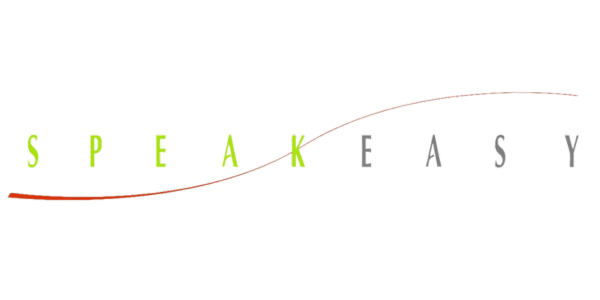
02 Jan The 3 Elements of Effective Communication Explained
Reading Time: 3 minutesEffective communication is pivotal in shaping our personal, professional, and social lives in our interconnected world. Whether it’s nurturing relationships, succeeding in the workplace, or engaging in community activities, the way we communicate determines the quality and effectiveness of our interactions. There are three fundamental elements of communication at the core of all interactions. Understanding these elements can significantly enhance how we connect and interact with others, leading to more fulfilling and productive exchanges.
1. The Power of Verbal Communication
Verbal communication, encompassing language, tone, and clarity, is a fundamental aspect of human interaction. The way we use words—their selection, order, and the nuances they carry—can drastically influence how our message is received. The tone of voice, whether it’s warm, cold, sarcastic, or sincere, adds another layer of meaning, often conveying emotions and attitudes that plain text cannot. Clarity in verbal communication is equally critical. It ensures the message is understood as intended, preventing misunderstandings.
Similarly, word choice plays a pivotal role in communication. The right words can inspire, persuade, and convey empathy, while poorly chosen words can cause confusion, offense, or misinterpretation. For instance, consider a manager giving feedback to an employee.
Saying “Your recent work has not met our standards” can come off as harsh and demoralizing. In contrast, phrasing it as “I’ve noticed some areas for improvement in your recent work, let’s discuss this” is more constructive and encouraging.
2. Non-Verbal Communication: Beyond Words
Non-verbal communication, such as body language, facial expressions, and gestures, is a powerful, often subconscious, element of communication. These non-verbal cues can reveal true feelings and intentions more accurately than spoken words. For example, a person’s crossed arms, lack of eye contact, or fidgeting can indicate discomfort or disinterest, even if their words suggest otherwise.
The importance of non-verbal communication lies in its ability to complement or contradict what is being said. A nod while saying “yes” reinforces agreement, while a shake of the head during agreement indicates a discrepancy between what is said and what is meant. Imagine a scenario where a person says they’re happy, but their facial expression is sad and their posture slumped. This incongruence might prompt the listener to probe deeper, understanding that the spoken words do not fully convey the person’s emotional state.
3. Listening: The Art of Engagement
Effective listening is a crucial, yet often overlooked, component of communication. It involves actively paying attention, understanding, responding, and remembering what is being said. Unlike passive hearing, active listening requires the listener to fully engage and process the information.
Active listening works because it fosters a sense of respect and understanding between the communicators. It makes the speaker feel heard and valued, leading to more open and honest communication. Effective communicators practice active listening as it helps in accurately receiving and interpreting messages, which is essential in all forms of communication.
Enhancing Communication with Speakeasy
In wrapping up our exploration of the vital elements of effective communication, it’s clear that mastering verbal communication, non-verbal cues, and effective listening is not just beneficial but essential for success in both personal and professional settings. These elements are the building blocks of impactful and meaningful interactions, helping us express ourselves better and understand others more deeply.
The power of words, the subtlety of body language, and the art of active listening each contribute to a comprehensive communication skill set. By honing these skills, we open doors to stronger relationships, improved workplace dynamics, and more effective social interactions. Remember, communication is not just about speaking; it’s about ensuring our message is heard, understood, and valued.
Ready to take your communication skills to the next level? Discover how Speakeasy’s expert-led communication programs can transform the way you interact with the world. Our comprehensive approach addresses all key facets of communication, equipping you with the tools and confidence to become a master communicator. Explore our communication programs today to start your journey toward becoming a communication maestro. Don’t just speak; communicate effectively with Speakeasy!

